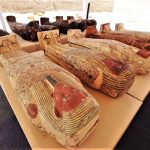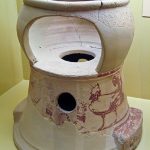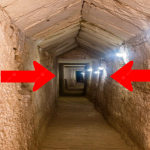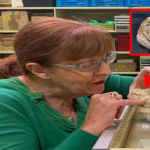Marco d’Agrate’s Marvel: Renaissance Saint Bartholomew Statue
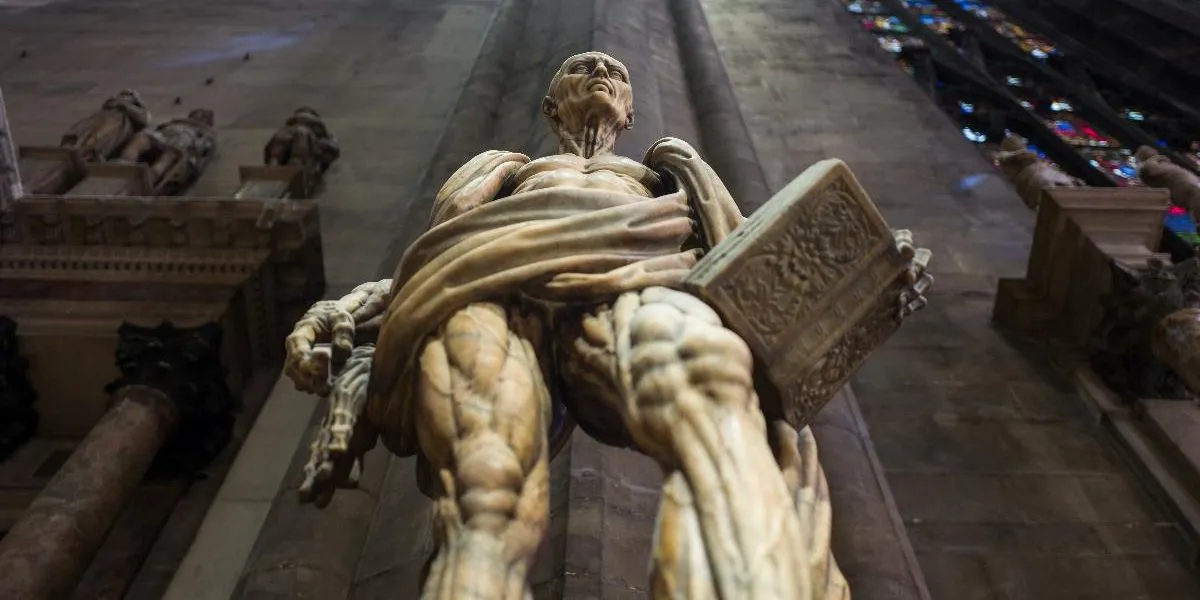
In the heart of Milan’s Duomo di Milano, amidst the soaring arches and intricate stained glass, resides a masterpiece of Renaissance sculpture that has captivated visitors for centuries: the marble statue of the martyred Saint Bartholomew, meticulously crafted by the skilled hand of Marco d’Agrate in 1562. This exquisite work of art not only showcases d’Agrate’s exceptional talent but also epitomizes the artistic ideals and religious fervor of 16th-century Italy.
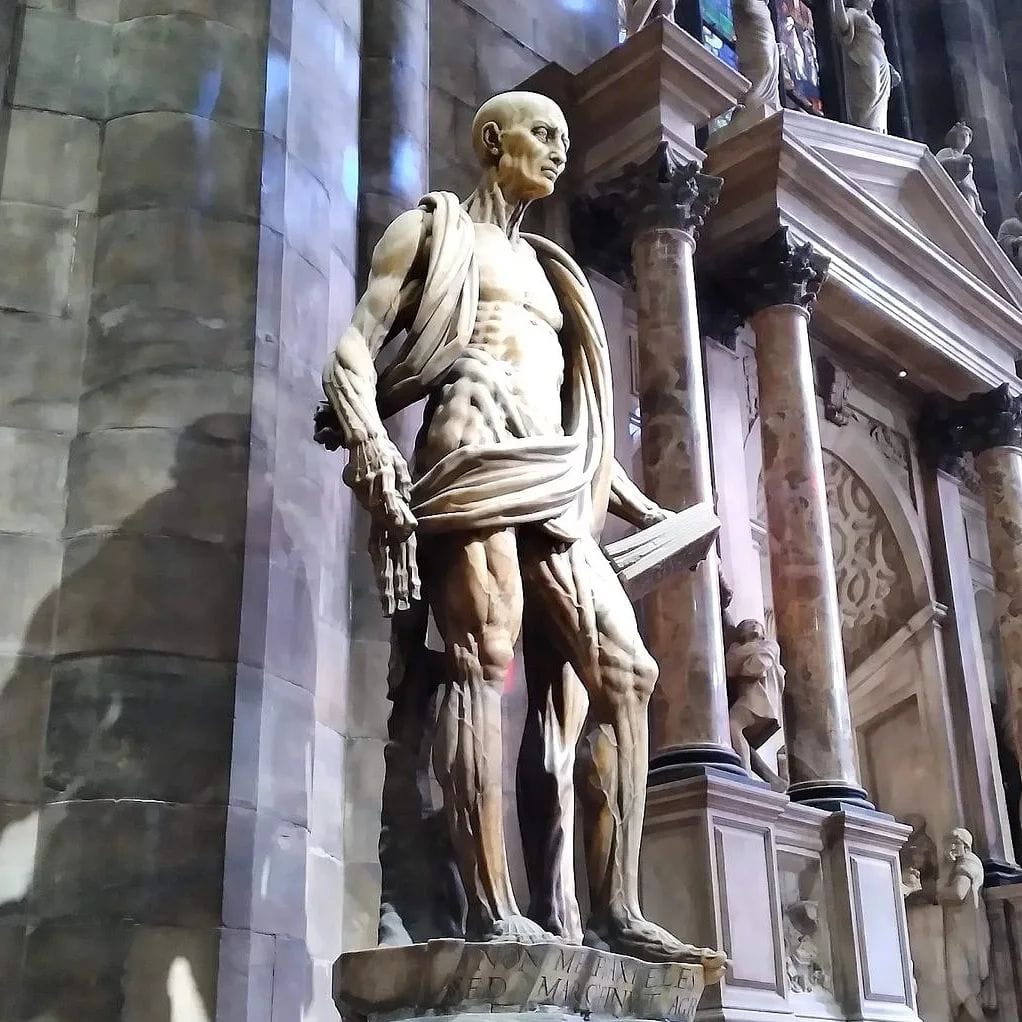
Saint Bartholomew, depicted in the statue, stands as a solemn figure draped in flowing robes, his face serene yet bearing the weight of his martyrdom. What sets this sculpture apart are the astonishingly realistic details: the muscular contours of Bartholomew’s body, the intricacies of his facial expression, and most notably, the peeled-back skin draped over his shoulders, revealing the underlying muscles and tendons—a dramatic portrayal of the saint’s martyrdom.
The realism achieved in d’Agrate’s depiction of Saint Bartholomew’s flayed skin is nothing short of astonishing, reflecting a profound understanding of human anatomy and a commitment to capturing emotional depth through artistic expression. Each detail, meticulously chiseled into the cold marble, speaks to d’Agrate’s mastery in sculpting and his ability to evoke empathy and reverence in those who gaze upon his creation.
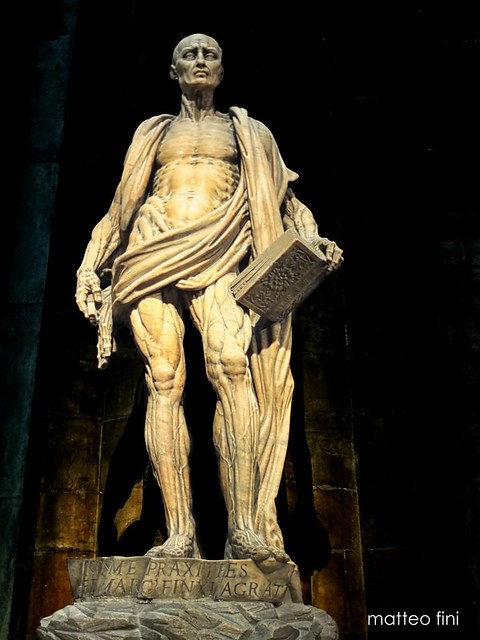
Beyond its technical brilliance, the statue holds deep religious significance. Saint Bartholomew, one of the Twelve Apostles and a revered figure in Christian tradition, is depicted here not just as a martyr but as a symbol of faith and endurance in the face of persecution. His presence in the Duomo di Milano, a sacred space of worship and reflection, underscores the statue’s role in inspiring devotion and contemplation among worshippers and art aficionados alike.

Discovered within the splendor of Milan’s iconic cathedral, Marco d’Agrate’s marble masterpiece continues to resonate with visitors from around the world, offering a tangible connection to the artistic and spiritual legacy of the Renaissance period. Its presence in the Duomo di Milano serves as a testament to the enduring power of art to transcend time and speak to the human condition across centuries.
In conclusion, Marco d’Agrate’s marble statue of Saint Bartholomew stands as a crowning achievement of Renaissance sculpture, blending technical virtuosity with profound spiritual symbolism. Its lifelike portrayal and emotional resonance underscore d’Agrate’s status as a master sculptor and highlight the enduring allure of Italian Renaissance art. As a cherished treasure within Milan’s cultural tapestry, this statue continues to inspire awe and reverence, inviting all who behold it to contemplate the intersection of faith, art, and human experience.



